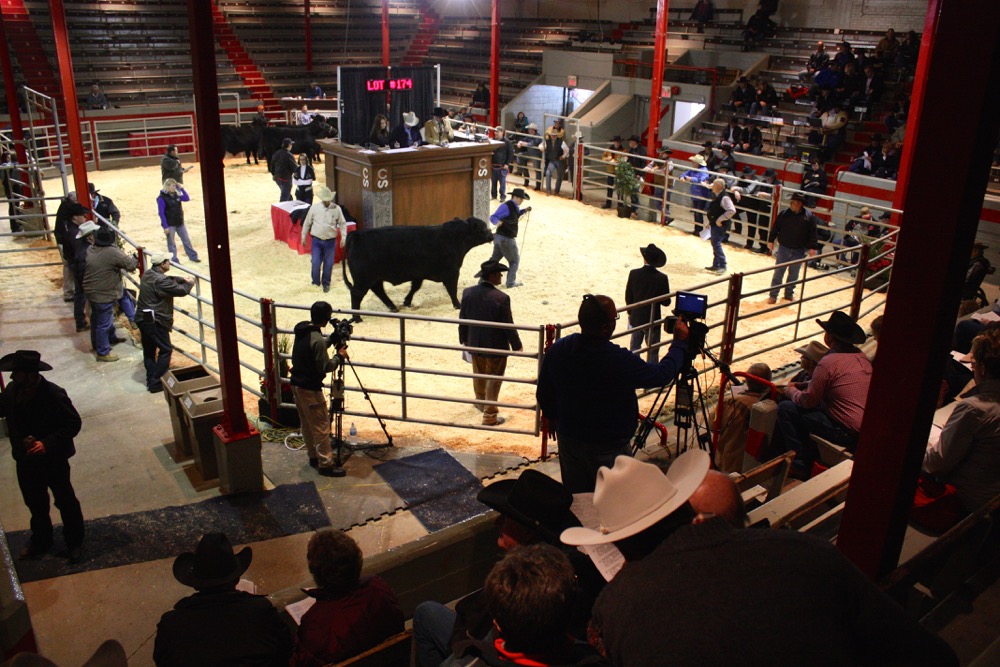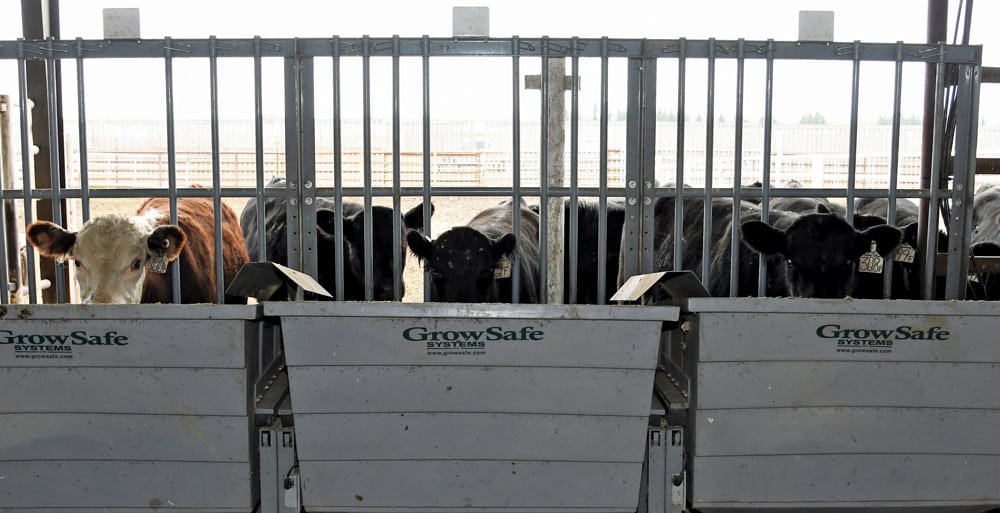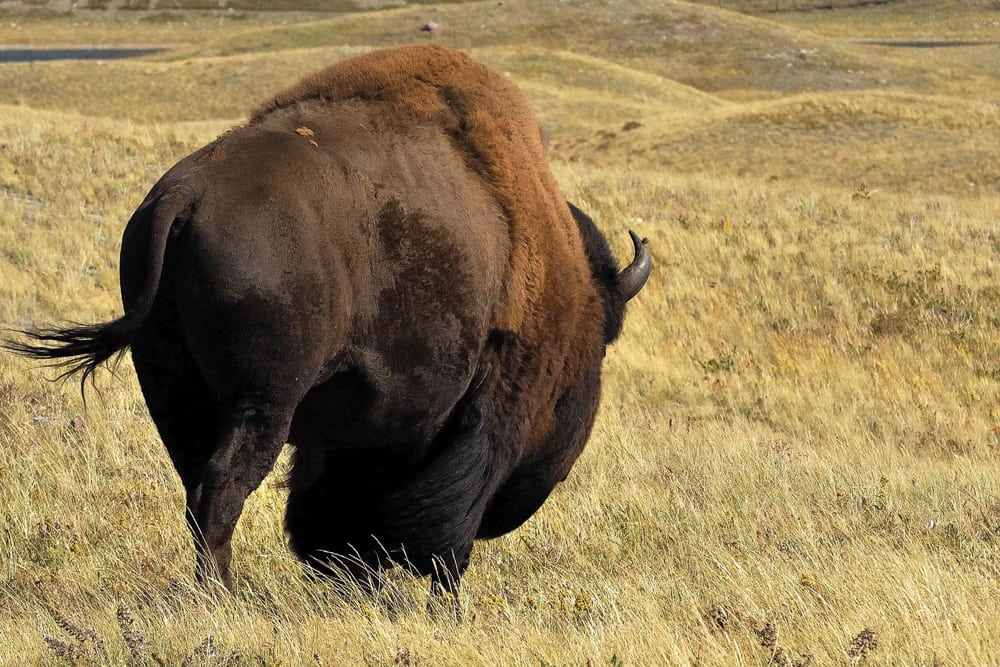When examining bulls, especially young ones, for breeding soundness, one of the more common issues we see involving the bull’s penis are warts.
This article will go into the cause, treatment, clinical signs, and outcomes expected when dealing with penile warts. All purebred breeders will get some eventually and commercial cattlemen may have some crop up on mature bulls that developed (usually on two-year-olds).
Penile warts are caused by a virus very closely related to the one which causes body warts. Cattle that are essentially wart free can still have penile warts, you just can’t see them unless the penis is extended.
Read Also

Mosquito-borne virus could be devastating to sheep breeding operations
Cache Valley virus, a mosquito-borne disease that infects small ruminants, could be a devastating hit to small operations.
The majority are found at semen evaluation time. This is one of the many reasons why the veterinarian likes to get protrusion of the penis so the entire area including the prepuce can be visually checked. If warts are detected, a lot of veterinarians deal with them right away and once removed they are rechecked for complete signs of healing at a later date.
Depending on the location they may require tricky surgery to remove. Many along the shaft can simply be cut away, but those near the tip have more complications. Removing the warts near the tip may damage the end of the penis or its nerve supply, making breeding difficult as bulls require that feeling near the end to find the vulva. Warts are sometimes wrapped around the entire end of the penis and incorporate the urethra. In removing these, a rent can be created whereby urine and ejaculated semen exit before the end. In some instances, if this distance is not too great and complete healing has occurred, fertility will not be affected. In others, it will be the veterinarian’s call as to whether too much damage has been created.
Warts vary in size from the size of a pencil eraser to others as large as baseballs (in rare cases). Each case takes some planning, depending on size, location, blood supply, and the size of the stalk or attachment. But the majority can and will be successfully removed. When removed, large warts may require some suturing to close the cut or to control bleeding, but small warts are simply removed and left.
Some warts are what I call smooth with no rough surfaces and don’t bleed when handled. I usually leave these and simply note them on the evaluation form as to size and location. Warts can reoccur especially if they were not fully removed. For reoccurrence and making sure healing has been complete, I tend to recheck two to three weeks later before a clean bill of health is given.
Fertility is affected when warts rip during breeding and blood mixes with the semen, which is not a good thing. Blood has a detrimental effect on sperm so anything causing bleeding is not good. Very similar to body warts once recovered, I seldom see them reoccurring which is why they are a rare event in a mature bull.
In my experience, warts on purebred operations are a very sporadic occurrence. I may see a few cases one year and none for several years. In herds with repeated problems with penile warts, vets on occasion have had an autogenous vaccine made up. This involves sending a sample of the warts to a lab. A vaccine is made and then administered. Whether this is necessary is between you and your veterinarian. With a hit-and-miss incidence, I haven’t found it necessary. But you know Murphy’s Law in the purebred business — warts will occur on your very best bull.
Warts are always worth trying to remove as we have nothing to lose. The bull is rendered non-functional so unless they occur on a marginal bull, have your veterinarian at least attempt to remove them.
Warts do happen on older bulls. If they were semen evaluated as yearlings, warts may have developed subsequent to that time. In cases where we can’t get the penis to protrude, warts may have been present and were not visualized. By collecting semen on the one side smaller warts on the back side of the penis may go undetected.
Producers are always told to try and observe breeding on a new bull. We want to make sure the bull mounts, enters the cow, and ejaculates. But another thing to watch for are any growths (i.e. warts) on the penis. Any time you see blood or a bloody discharge from the penis, warts are a possibility. If large enough, warts can even be seen as a movable swelling inside the sheath, much the same as a broken penis or cut penis may appear.
Purebred and commercial producers should always keep an eye out for penile warts when bulls are breeding.
Remember, in the vast majority of cases they can be treated and the bull eventually returned to full breeding function.















